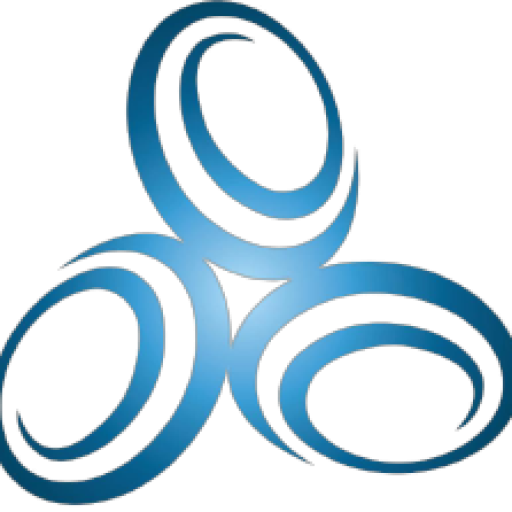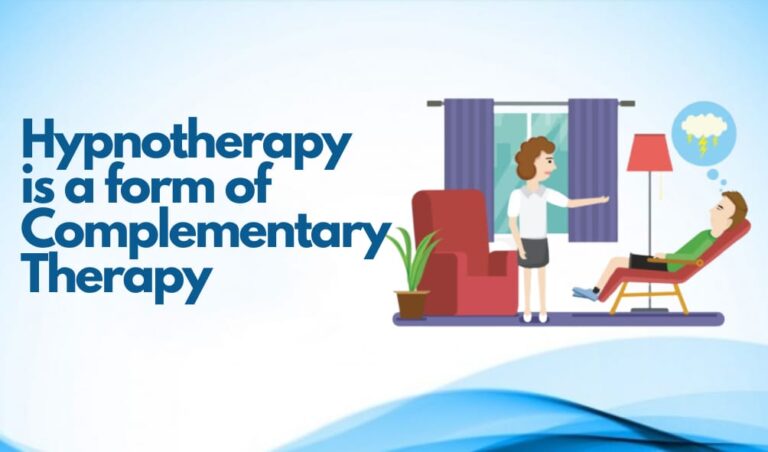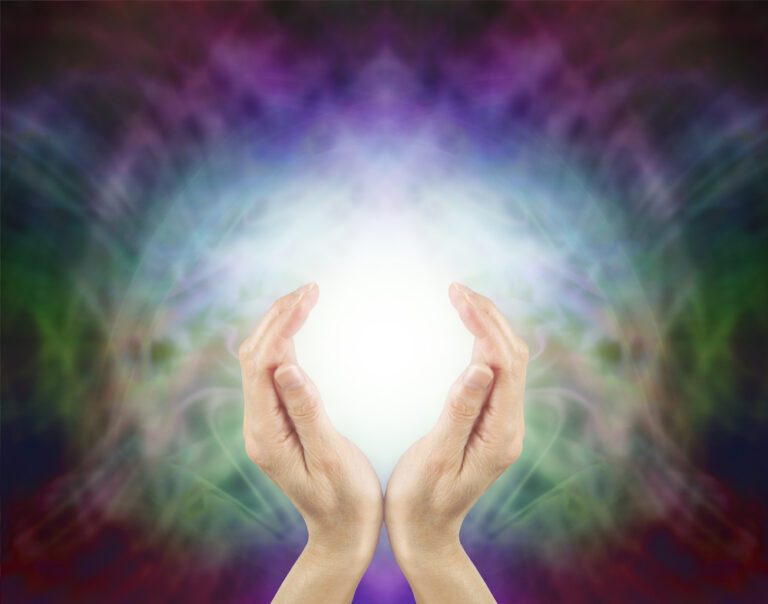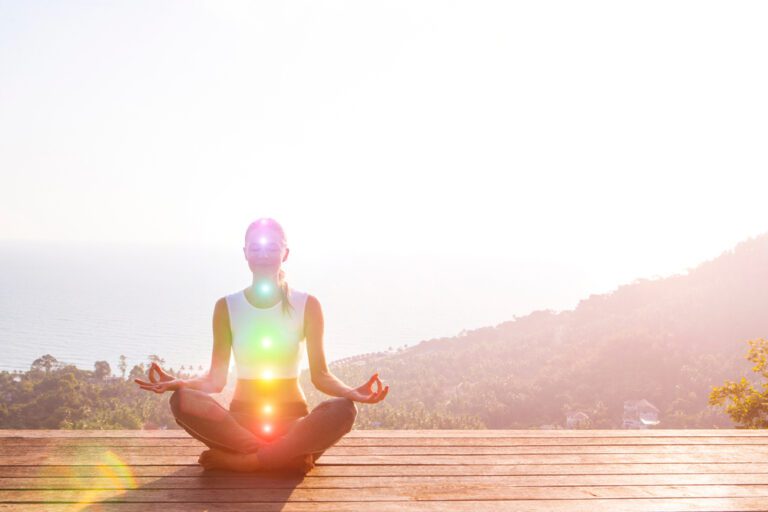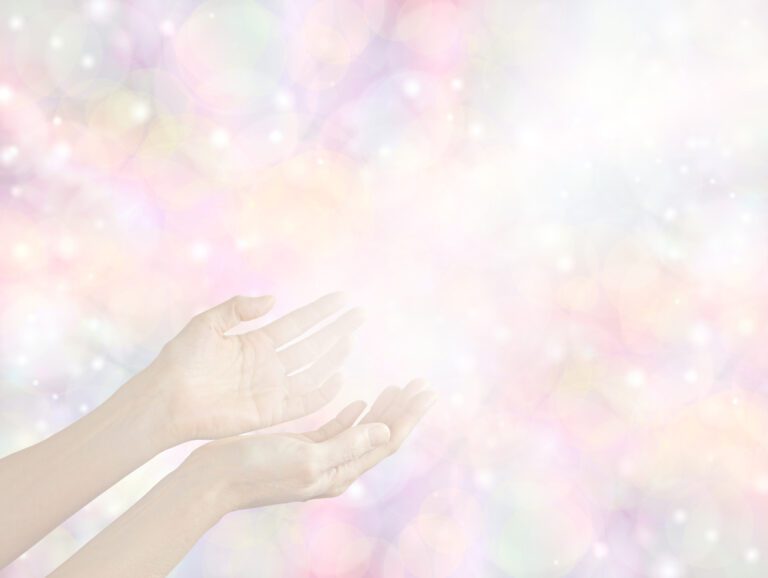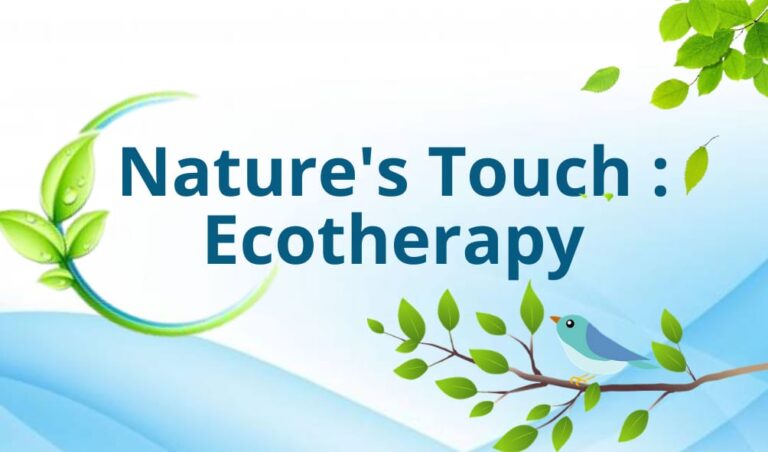About Reiki and its Impact
Reiki For All Your Health Needs
Even though we as a society are exposed to so much knowledge, we’re more privy to developments, discoveries and traditions in the Western hemisphere than the Eastern hemisphere. Today, with new popularity attained by Eastern medicine, there is a subtle but growing inclination towards the less explored Eastern traditions and practices that may arguably be a lot more effective than the discoveries in the West.
This is not to say that what we are using or subscribing to is not good for us. Perhaps with different combinations of taking the strengths of both traditions we could benefit more Let us talk about ‘Reiki’. You may have heard, read about, or come across it at different points. The lack of understanding of what it does leads to uncertainty and confusion behind this ancient Japanese practice.
What is Reiki?
‘Reiki’ is made up of two Japanese words, ‘Rei’— ‘Universal life’, and ‘Ki’— ‘Energy’. When you combine the two you get ‘Universal energy’, the foundation to what Reiki is built on. Reiki has no religious affiliation, making it free and unrestrained. Misconceptions about Reiki may also include that it is a massage, but it’s actually not.
Reiki as the name suggests is that practice of strengthening life energy which flows through all living beings. Reiki is all about you, by connecting you to your own healing energy which not only allows you to be healthy and positive, with it you can help others around you as well. With Reiki you can alleviate stress, emotional imbalances and fortify your physical health.
The History of Reiki
Reiki was introduced and propagated by Dr. Mikao Usui in 1922, with the start of his clinic and institute in Tokyo. He rediscovered Reiki, but the actual practice goes way back thousands of years. Usui discovered Reiki when he was at a monastery training on Mount Kurama. He came in contact with Sanskrit symbols that helped him create a Reiki of his own unique style or ‘Reiki Ryoho’. To ensure that the practice isn’t forgotten he trained Reiki masters who further developed the practice adding nuances to different treatment approaches.
Following Usui, Dr. Chujiro Hayashi expanded the purview of Reiki and drafted a manual for Reiki healing, and trained numerous students such as Hawayo Takata who expanded Reiki healing to Hawaii in 1937. She too added new positions to Reiki and developed additions to the practice. Throughout its history Reiki has constantly been evolving and expanding, without being static. Perhaps that is what kept the form growing and improving. It’s a known fact that the only constant is change.
How Reiki Works?
Reiki is a non-invasive benign treatment modality that has been found to have no harmful effects for anybody. This is one of the reasons why it has become a preferred healing practice. Reiki works on the mind and one’s ‘Ki’ or the life energy which works throughout the body, keeping your health intact. What Reiki does is, work on the negativity, helps you on your own to alleviate symptoms, which reduces the prospect of misuse of the practice.
Reiki engages multiple body systems, shifting body response from ‘flight or fight’ to ‘relaxed’ by working at a sub-physical level that science refers to as the ‘biofield’. The ‘biofield’ in medical science is the vibrational energy field that is layered around a physical body. Therefore, Reiki works using vibrational energy usually in the hands of the practitioner that help relax the energy and work on your wellbeing, with no attempt to control. This makes Reiki more meditative than other forms of healing.
Healing is often found to be quicker when one is aware and present during the practice. There are no restrictions on age or body type for Reiki. You will need to let the practitioner know if you want anything specific to be addressed and make sure to let them know what you’d be comfortable with for best results. There need not be any actual touch during the session which may last between 20 and 90 minutes, depending on your preference, and you may recline or semi-recline. For best results, find a qualified and trusted practitioner.
How Can Reiki Help?
Reiki has numerous benefits and complements most treatments. Always consult a specialist to know more. Today, many hospitals around the world also offer Reiki healing programs to patients recognising the positive impact of Reiki on wellbeing. Here are some benefits of Reiki:
- Anxiety, Stress and Depression: Reiki can help control anxiety, stress and depression and also help recovery from these ailments especially since it is meant to relax body and mind and also boosts one’s mood.
- Headaches and pains: Reiki can also alleviate headaches and migraines
- Insomnia: Reiki is a calming practice, which relieves tension and physical distress, this improves your sleep pattern. Many patients fall asleep during a session too.
- Nausea: Reiki has been found to have tremendous impact on relieving nausea and improves the functioning of the digestive system.
- Heart diseases: Reiki can also reduce the negative effects on the heart, helping you lead a healthy lifestyle.
- Cancer: Reiki is also considered to help alleviate symptoms of Cancer as additional therapy.
- Reduces side-effects of medication: Reiki can help reduce the strong effects of medication as part of different treatments.
When it comes to therapy or health-related procedures, we always become a little more cautious, and this is absolutely necessary today. Always find yourself qualified professionals who can really help you and are interested in your better health.
One of the benefits of learning Reiki is that you can practice Reiki on yourself and your close ones, only if you are trained and practice Reiki yourself. You can also find professionals and clinics that offer Reiki practitioners to help you with your needs.
Who Practices Reiki?
There are three degrees of Reiki practice:
- First Degree: To acquire this level, requires about 8 to 12 hours of classes for self-care. Students are taught hand placements for daily life and acute situations. Some classes given to medical professionals may also include techniques for clinical settings.
- Second Degree: This includes distant healing and more hands-on experience to replace touch with a mental connection. This may be used by psychotherapists if need be during their sessions to introduce a dimension of healing.
- Third Degree: At this level one may be called a Reiki master and is obtained via invitation only. This involves both coursework and apprenticeship under a Reiki master and they may teach Reiki as well.
When looking for professional always inquire about their training, level of experience, where they learnt the practice and whether they have been regularly practicing.
Wellbeing and wellness is important. For trained Reiki professionals who can help you with your holistic health care needs every step of the way, MBS Holistic Clinic is your trusted partner.
- https://www.reiki.org/faqs/reiki-energy-what-it-how-does-it-heal
- https://iarp.org/what-is-reiki/
- https://www.reiki.org/faqs/what-history-reiki
- https://www.cancerresearchuk.org/about-cancer/cancer-in-general/treatment/complementary-alternative-therapies/individual-therapies/reiki
- https://www.takingcharge.csh.umn.edu/explore-healing-practices/reiki/how-does-reiki-work
- https://www.healthline.com/health/reiki#3
